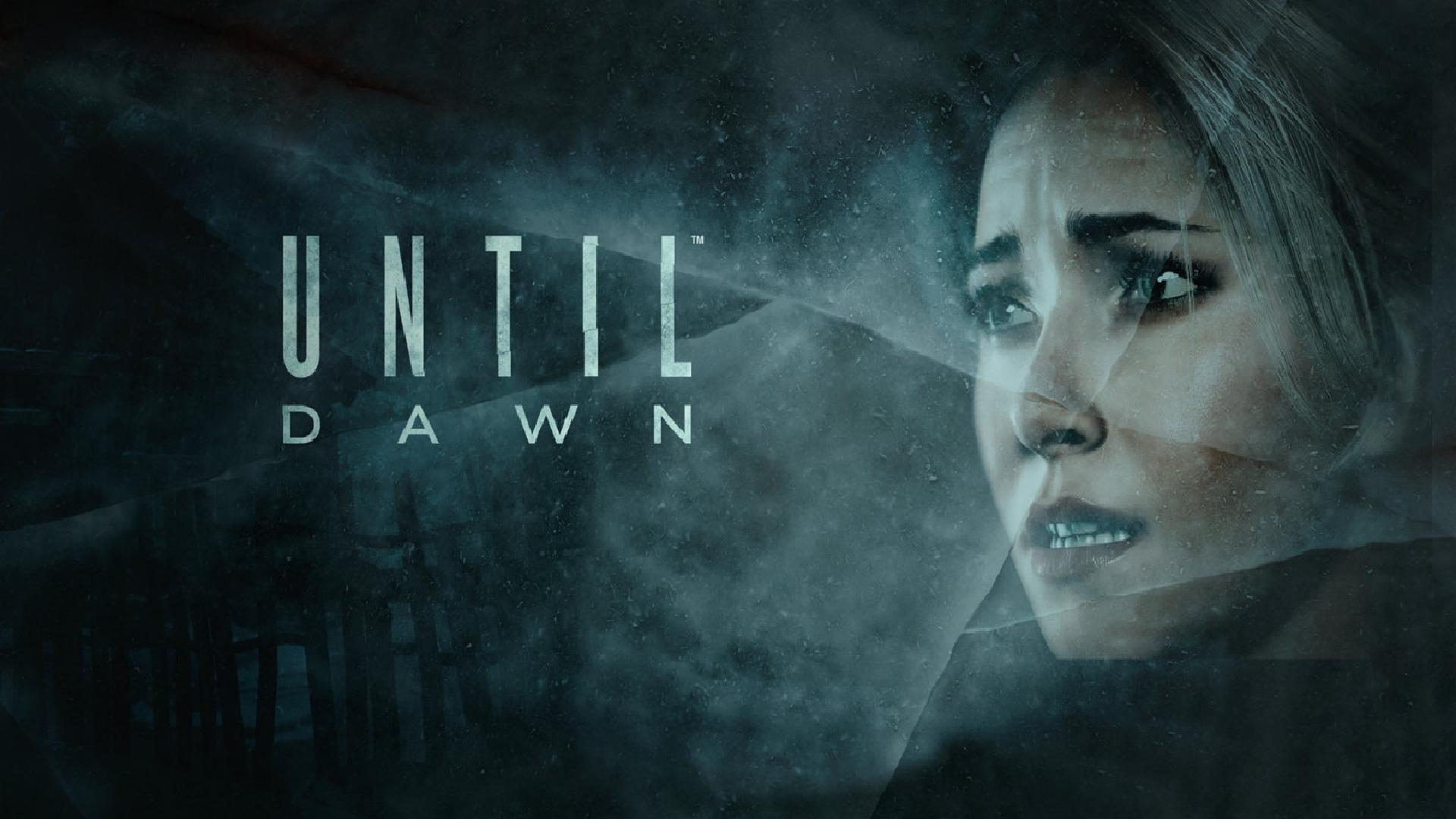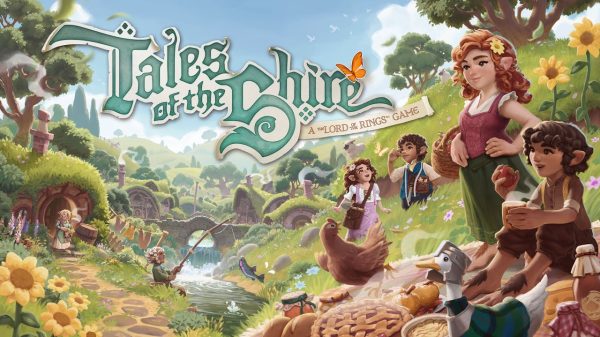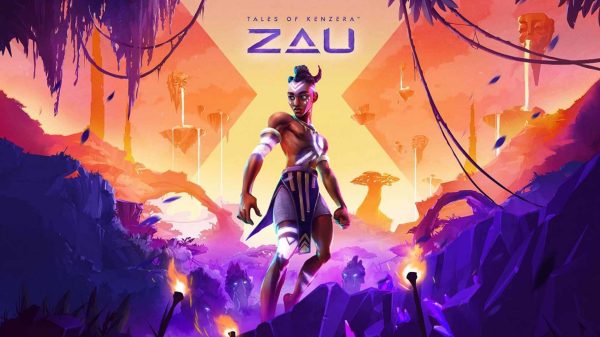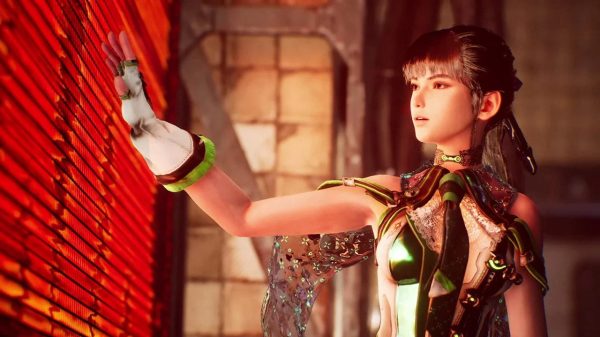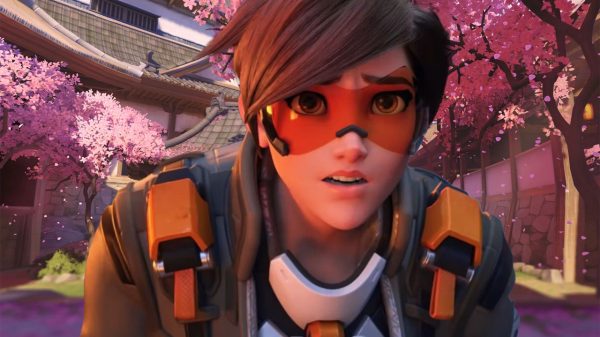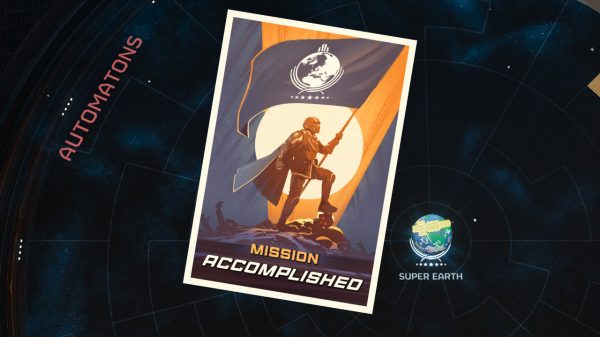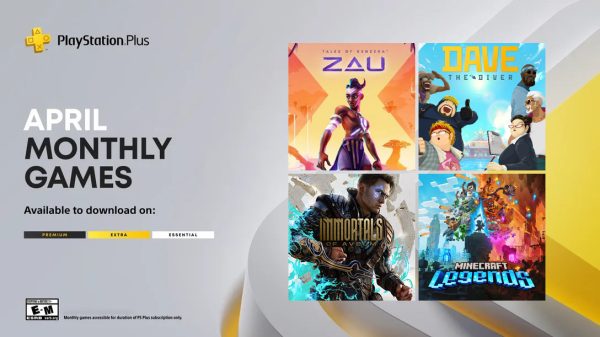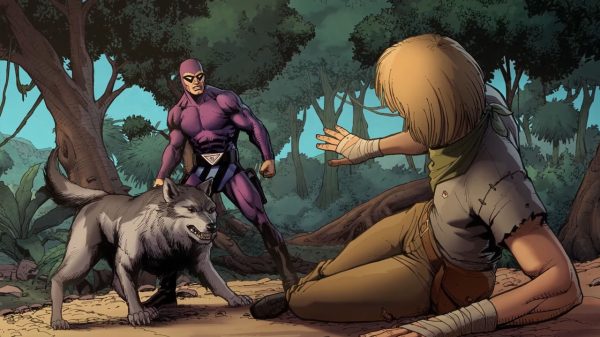If you have ever heard of the butterfly effect (not the Ashton Kutcher film or the Australian alternate rock band, but rather the theory of chaos), then you will have a pretty good idea about the scope of possibilities Supermassive Games is aiming for with their PS4 exclusive, Until Dawn. If you don’t, well here is a quick crash course. The butterfly effect is a theory conceived by Edward Lorenz, who theorised that one small occurrence, such as a butterfly flapping its wings, could cause devastating effects weeks later, such as a hurricane.
In Until Dawn you take control of eight teenagers staying in a cabin atop of Blackwood Pines Mountain. Essentially you’re playing God; all eight teenage lives are placed solely in your hands and in your control. Remember the old choose your own adventure Goosebumps books? Until Dawn plays like one of those books, except there’s no keeping your finger on the decision making page so you can quickly flip back in case you made a bad choice. Until Dawn is like real life; as soon as you make a decision you’ve got to live with it, whatever the outcome.
Before you begin your story you have the option of using traditional controls or motion controls. This is no surprise given the game was originally announced as a PS3 exclusive using the Move controller. I chose traditional controls and the controller scheme is rather simple. The left analog stick is used to move your character, while the right adjusts your camera view and rotates items in your hand. R2 and X are your two interact buttons. X is the button you use to open doors, pick up items or engage conversation, and R2 is used primarily with the analog sticks to shoot guns, pull levers and lock doors. L1 speeds up your characters movement and swiping the touchpad left or right lights matches or turns pages in books.
The tale begins one year in the past, with the tutorial introducing players to the game’s controls, the plot’s back-story and the reason for the gang’s return to the Blackwood Pines cabin twelve months later. When friends Sam (Hayden Panettiere), Mike (Brett Dalton), Josh (Rami Malek), Ashley (Galadriel Stineman), Chris (Noah Fleiss), Matt (Jordan Fisher), Emily (Nichole Bloom) and Jessica (Meaghan Martin) make the trip back to Blackwood Pines, what begins as a friendly reunion quickly turns into a night of terror as one by one the eight friends are targeted by a serial killer.
The vibe is brilliantly ripped from 80s and 90s horror flicks, such as Friday the 13th, I Know What You Did Last Summer and Urban Legend, with a hint of Saw thrown in. It’s full of clichés, stereotypes and cringe-worthy one-liners that are to be expected from a campy teen-horror flick. The atmosphere of genuine terror and despair is depicted superbly in the setting of an isolated mountain range battered by snow from the relentless storms and suffocated by a darkness that engulfs the terrain. It feels and looks like a real place that could believably be the location of a tragic incident. It probably helps that the game is powered by a modified version of the Killzone: Shadow Fall engine. The graphics especially stand out in the character models, these are all top notch. The facial details are particularly impressive and the presence of real sensations such as shivering from the cold highlights the quality of the motion-capturing.
Production-wise the game receives a B+, the voice acting is all class, and is delivered with an authenticity that pulls you into the journey of every single character. The only downside is that the lip-syncing is reminiscent of a Britney Spears comeback show. The game’s score, done by Jason Graves (Dead Space series, The Order: 1886) is nothing special, but it hits the right notes when it needs to. The rest of the games soundscape is well executed, whether it’s the crunching of the snow under your character’s feet or the noises of the wildlife that almost seem to haunt your surroundings, every sound is realistic and well-placed.
Supermassive Games have managed to capture and recreate with great effect the high tension elements from teen-slasher films. The use of fixed camera angles (reminiscent of old school Resident Evil) make you feel claustrophobic as you’re only given a restricted view and are unable to see what may be hiding in the shadows. The jump scares are excellently placed and the build up to some of them even better. One moment you’ll be expecting something to jump out at you only to be distracted by the narrative, and then before you know what’s happened, BAM! Your heart is beating faster than when you found the perfect singlet for the upcoming Stereosonic festival.
Now I consider myself a bit of a tough guy when it comes to survival horror, and while I found Outlast (a recent survival horror game from Red Barrells) to be insanely tense, I didn’t jump as much as I thought I would. But Until Dawn got me good. In fact, you would forgive the neighbours for thinking there was a bunch of teenage girls listening to the latest One Direction album next door, due to some of the screams I emitted.
There are moments where you are tasked with an impossible choice, and no matter how much you don’t want to make a decision you have to. The countdown ticking echoes louder and louder the longer you wait, and eventually you’ll crack and make a choice. But it’s not the choice you’re scared of; it’s the unknown repercussions that await. Guaranteed you’ll make some choices you regret, and the best part is there is no ctr+z (undo), there is nothing you can do about it.
The campaign, which is relatively linear, is spread out over ten episodes, with each episode separated by a mysterious character having a psychiatric session. Here the psychiatrist (Peter Stormare) will ask you a series of questions relating to your playthrough. The pacing of the story is surprisingly good, but does suffer slightly when your desire for exploration is hampered by your glacial walking pace. My first campaign playthrough took me roughly between 10-12 hours and my second, where I mostly made the opposite choices to my first, took between 8-10 hours. But was I entertained for that period of time?
The gameplay was always going to be a concern for some, and yes it features a heavy serving of cutscenes, walking and QTEs (push X to cry me a river). What you have to understand and accept is that in many ways this is an interactive story, and like the influential Heavy Rain these sequences are designed to be simple pieces of interactive engagement, and in Until Dawn they are mostly well-implemented. You’ll usually only encounter QTEs when climbing a wall or being involved in a chase scene. These moments when you’re being pursued can be especially nerve-racking, as failing to hit the correct button can have devastating results. The only negative for the QTEs is that the pattern of them becomes relatively predictable.
QTEs aren’t the only timed mechanic in the game. Some of your choices will require split-second decision making: Will you run, or will you hide? Will you go left or will you go right? Sometimes these decisions need to be made during a pursuit, and given the significance of the butterfly effect, they will always affect your story. You’ll also need to shoot stuff every now and again, and although these are timed events, there really is no excuse for missing as you’re given ample time to hit your target.
In my opinion the best gameplay mechanic is the utilisation of the Dualshock 4’s light bar (yes it actually has a purpose for once). When you’ve chosen to hide from an assailant or are trying to avoid detection you must remain completely still. This is done by holding the Dualshock 4 as still as possible. The controller’s light bar will sense any movement and in doing so your hiding place will be revealed. These moments easily create the most tension in the game and are the game’s highlight, especially when you manage to keep more characters alive.
Now let’s talk about the crux of the game: the decision making and the breadth of possibilities your choices could lead to. As I completed two different playthroughs, I was able put to the test the validity and scope of the butterfly effect system. Were there really a multitude of endings that can be had? Did the fact that Chris asked for Vegemite on his toast and I gave him Promite ensure that he wouldn’t have my back later on?
As you gain control of each character you are able to see their relationship status with the other characters, as well as the stats of your own traits (heroic, trust, charitable etc.). If you attempted to save your friend instead of just yourself, your heroic stats will increase. Or if you had the chance to snoop on another character but chose not to, that character will have a higher amount of trust in you and so on. The decisions you make could be the difference between a character opening a door for you or locking you out in the cold based on their relationship with you. You can see the results of your butterfly effect choices in the player menu as you play.
As far as the story goes not all outcomes are the results of happenstance. In fact during my two playthroughs, my opposing decisions usually found me at the same destination; it was more how I got there that was different. However, there are some scenes that are intended to be played out a particular way and no matter what choices you make, you’ll always end up with the same result. The good thing about this is that you won’t know what scenes they are until you take the campaign for a second spin.
Now don’t be too disheartened because there are an enormity of choices that do matter and do change the outcome of your story significantly. However these tend to be limited to who lives and who dies. On my first playthrough I managed three survivours and on my second I managed eight. Clearly there is an importance to your choices and the vast number of possible endings proves this.
Thankfully there are totems that help you with your decisions. The totems are placed throughout Blackwood Pines and they come in five flavours: Death, Guidance, Loss, Danger and Fortune. A totem is a flash-forward to a future event that provides a glimpse into where your choices can lead. The influence of these premonitions is based on your interpretation of them as none of them give a clear-cut pathway to making the right choice.
Exploration of the game world will find you discovering items such as photographs, reports and other trinkets that yield clues to the direction of the game’s plot. Some clues contain information that may assist you with choices that seem innocuous at the time, yet can have unexpected results. As you uncover more clues you’re able to piece together a sequence of events via the clues section of the player menu.
About halfway through the game you’ll have a fair idea of where the story leads. It is at this juncture where your enjoyment of the game will either elevate to a new level or meander until the end. Initially I was a little fractious, however the more back-story I uncovered the more immersed I became. Whether you view it as an interactive movie or game, it is ultimately a story-driven experience and this aspect is strong. If you can ride with the story, Until Dawn offers a lot of gratification and replayablility. It may not be to everyone’s tastes, but who doesn’t enjoy playing God? I know I did.
Reviewed on PS4.

- Supermassive Games
- Sony Computer Entertainment
- PS4
- August 25, 2015



Despite a childhood playing survival horrors, point and clicks and beat ’em ups, these days Zach tries to convince people that Homefront: The Revolution is a good game while pining for a sequel to The Order: 1886 and a live-action Treasure Planet film. Carlton, Burnley FC & SJ Sharks fan. Get around him on Twitter @tightinthejorts





